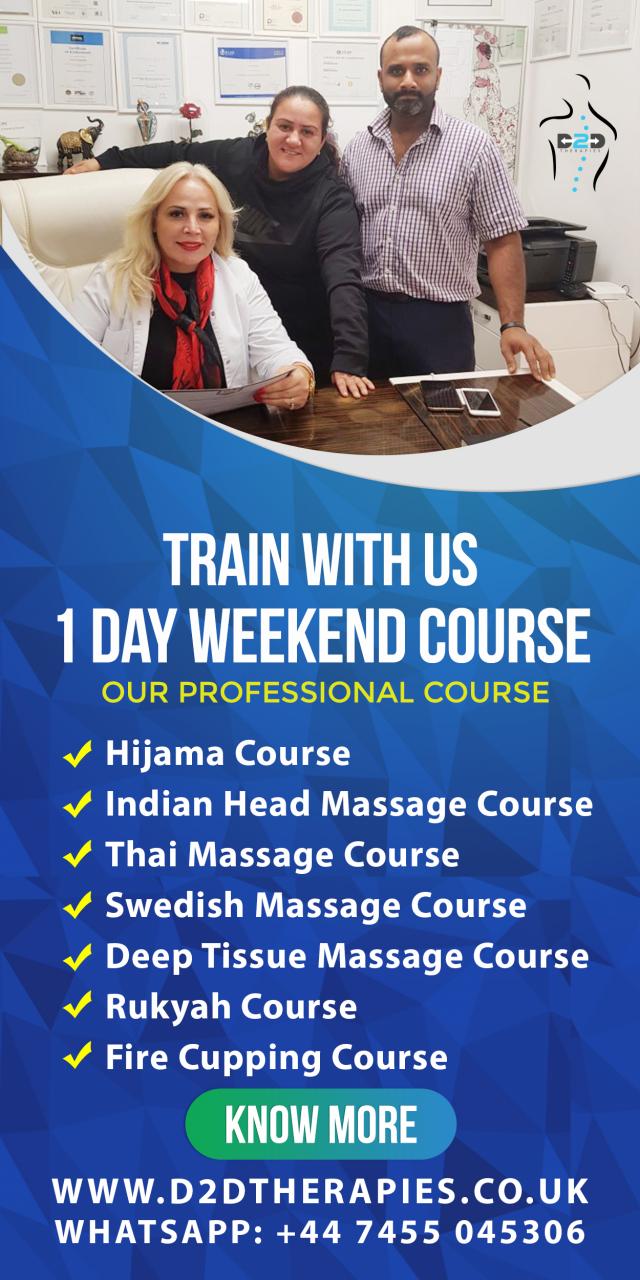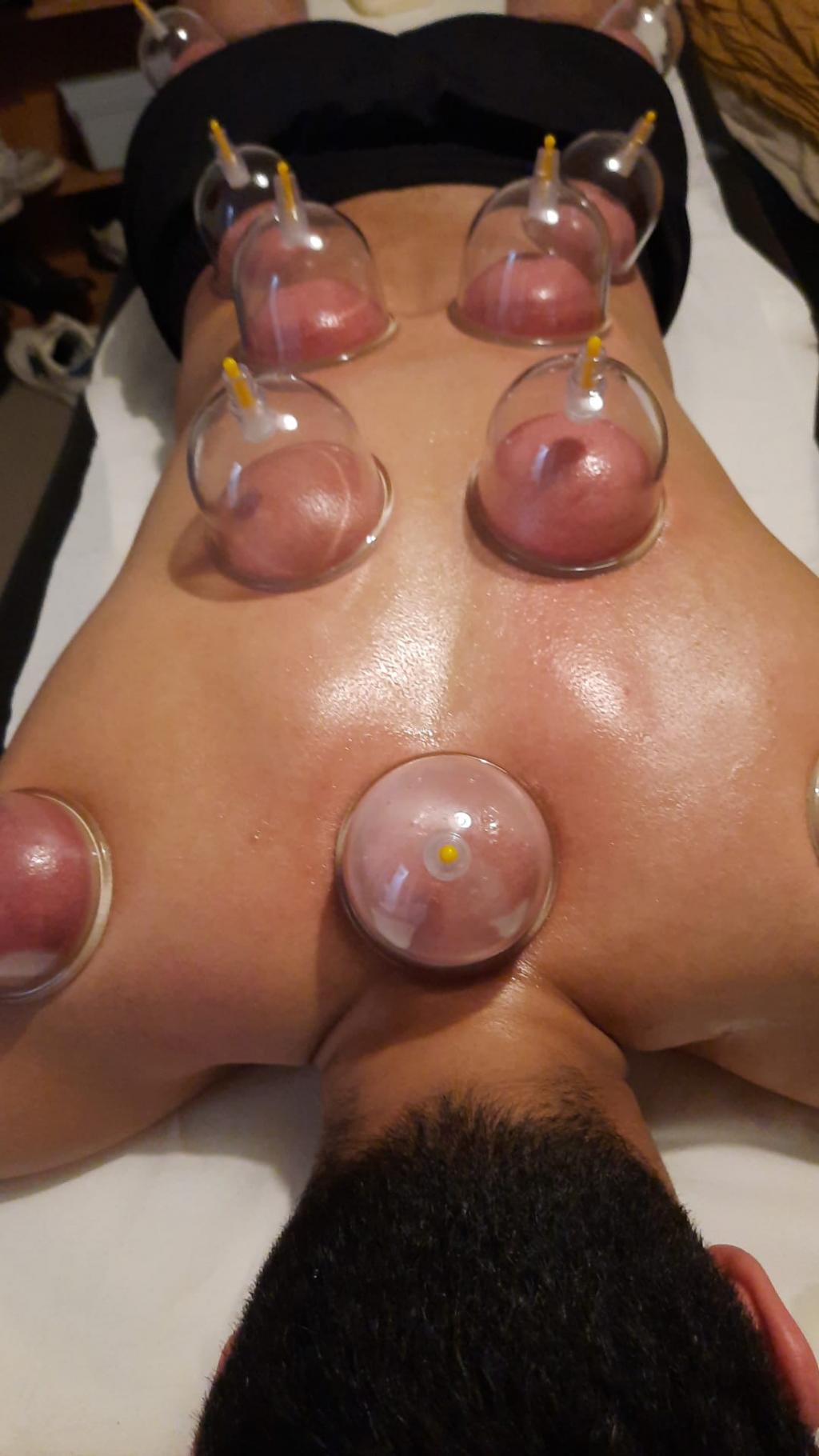Hijama, also known as cupping therapy, is an ancient medical practice that involves creating suction on the skin using cups. It's a traditional healing method that has been used for centuries in various cultures, including Chinese, Egyptian, and Middle Eastern.
Here's how it typically works:
1. **Preparation**: The practitioner will start by sterilizing the cups and the skin area to be treated.
2. **Application of Cups**: Cups, traditionally made of glass, bamboo, or plastic, are placed on the skin. Sometimes, a flame is briefly inserted into the cup to create a vacuum before placing it on the skin, although modern methods may involve suction pumps.
3. **Suction**: As the air inside the cup cools, it creates a vacuum that draws the skin and superficial muscle tissue up into the cup. This suction can range from light to strong, depending on the technique used and the individual's tolerance.
4. **Placement and Duration**: The cups can be left in place for a few minutes to up to 20 minutes, depending on the condition being treated and the practitioner's assessment.
5. **Removal**: After the desired duration, the cups are removed, often leaving behind circular marks or bruises that typically fade within a few days.
Hijama is believed to have various health benefits, including:
- **Pain Relief**: It's often used to alleviate musculoskeletal pain, such as back and neck pain.
- **Promotion of Blood Flow**: The suction of the cups is thought to improve circulation and promote the flow of blood and lymphatic fluid, aiding in detoxification.
- **Relief from Inflammation**: Some proponents claim that cupping can help reduce inflammation and swelling.
- **Relaxation and Stress Reduction**: Many people find cupping therapy to be relaxing and may use it as part of a holistic approach to stress relief and relaxation.
It's important to note that while many people report positive experiences with cupping therapy, scientific evidence supporting its effectiveness for various health conditions is limited and mixed. As with any alternative therapy, it's advisable to consult with a qualified healthcare provider before trying it, especially if you have any underlying health conditions or concerns.


